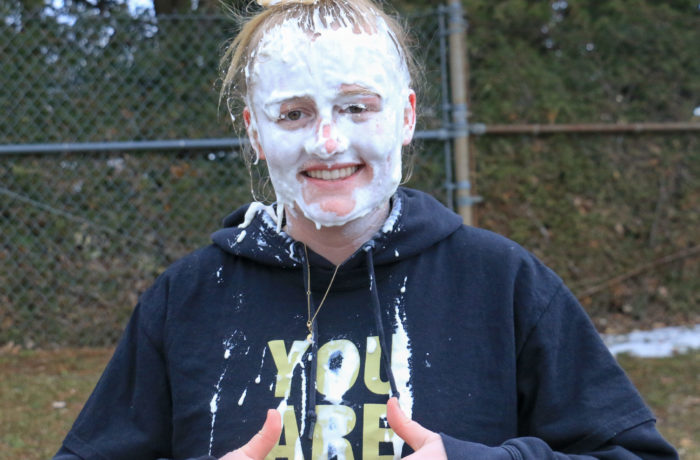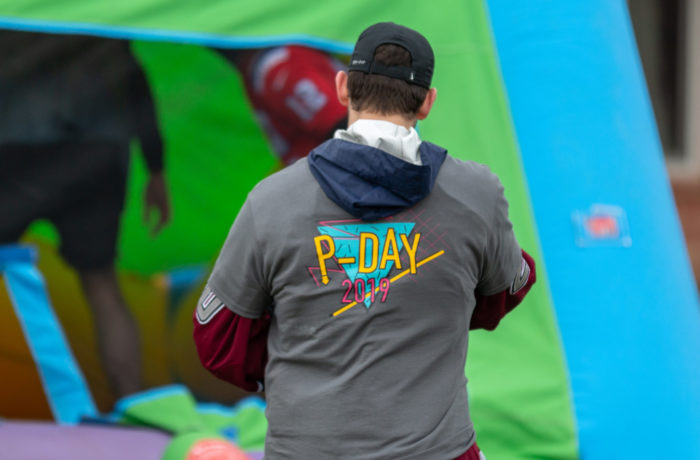By Justin Ranicar
Staff Writer
Last month, The Defender published a front page story focusing on incidents of bias affecting the campus. These cases were detailed in a “Bias Incident Report” timeline, giving a detailed overview of the proceedings. The BRT is working to address issues in a more timely and efficient manner.These incidents have continued, and there’s even been a recent spike in reported incidents. Kerry Leach, head of the BRT sees a positive correlation between the aforementioned Defender article and the rise in reports since.
An email sent out on Thursday, April 13, detailed instances of racist threats scrawled onto a bathroom mirror in a residence hall on Friday, April 7, and sexist slurs left on a townhouse. Given the continued vandalization of bulletin boards and other displays on campus, the BRT acknowledges the need to address and deal with these incidents by pooling all available resources.
Dawn Ellinwood and Micalee Sullivan, both members of the BRT, provided accounts which corroborated the official story pertaining to April 7.
Leach lent additional detail to these events. The second floor bathroom was discovered by the residence assistant (RA). The mirror and wall were covered a “number of times” in the expletive.
At some point between the RA’s discovery and report, someone smeared the words, presumably having taken offense with them. Still, notice was sent out to the community, and further investigation will follow.
Other incidents from that same weekend include the now infamous “scale incident,” and another occasion of inflammatory writing found outside a townhouse.
The BRT investigates all reports thoroughly. They also keep groups and associations, like Student Affairs and Public Safety, in the loop.
This does not always make for easily viable solutions. With regards to what Leach sees as the “purely political” townhouse scribbles, there is a lack in proper protocol for much response beyond finding someone to come forward.
“For now, the BRT… are still interviewing people,” she said. “We’re not chiming in yet… letting the right people do their work… waiting and seeing who comes forward, taking info as it comes.”
For some, the efforts of the BRT have already taken discernible effect. As an RA in Joyce’s South Wing, Reid Watkins, ’19, appreciates the time and energy which looked to have gone into making it all possible.
“I was surprised at how much had apparently been done over the winter break,” he said. “Kerri Leach and the others had lots to say at the unveiling… seemed to take a lot of meetings and manpower.”
Others are hardly so impressed, like Pedro Pereira, ’18, who, as a minority and an immigrant, saw great appeal in something like the BRT, but has been left questioning its purpose and results thus far.
“The BRT was basically pitched… as an extension of the role Resident Life was already supposed to be doing,” he said. “It seemed to separate responsibilities… bumping requests up a hierarchical ladder that doesn’t appear to end.”
Even in these early days, it remains to be seen if the BRT can rise above some of these growing pains, contending with problems, internal and external, like effective crisis solutions, or more reliable transference of information.


